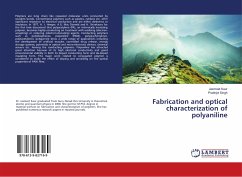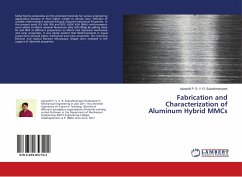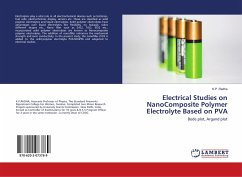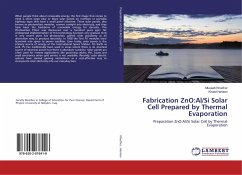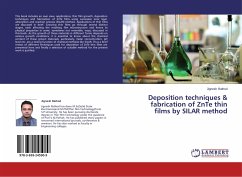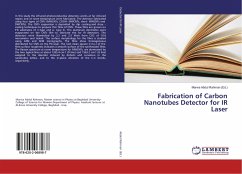Polymers are long chain like repeated molecular units connected by covalent bonds. Conventional polymers such as plastics, rubbers etc. offer significant resistance to electrical conduction and are either dielectrics or insulators. In 1977, A. J. Heeger, A.G. Mac Diarmid and H. Shirakawa for the first time discovered that polyacetylene (PA), an intrinsically insulating polymer, becomes highly conducting on treatment with oxidizing (electron-accepting) or reducing (electron-donating) agents. Conducting polymers such as polythiophenes, polyaniline (PANI), poly(p-phenylene), poly(acetylene), polypyrrole show a wide range of applications including the development of artificial muscles, controlled drug release, energy storage systems, potentials in optical and micro-electronic devices, chemical sensors etc. Among the conducting polymers. Polyaniline has attracted great attention because of its high electrical conductivity and good environmental stability in both its doped conducting form and de-doped insulating form. This major work related to conjugated polymer is considered to study the effect of doping and annealing on the optical properties of PANI films.
Bitte wählen Sie Ihr Anliegen aus.
Rechnungen
Retourenschein anfordern
Bestellstatus
Storno

